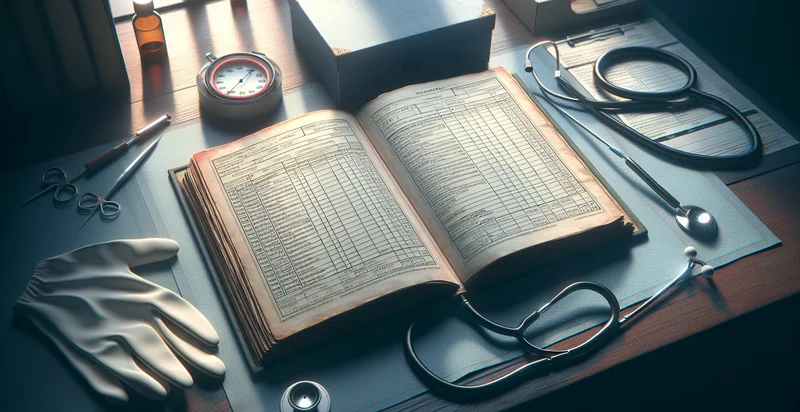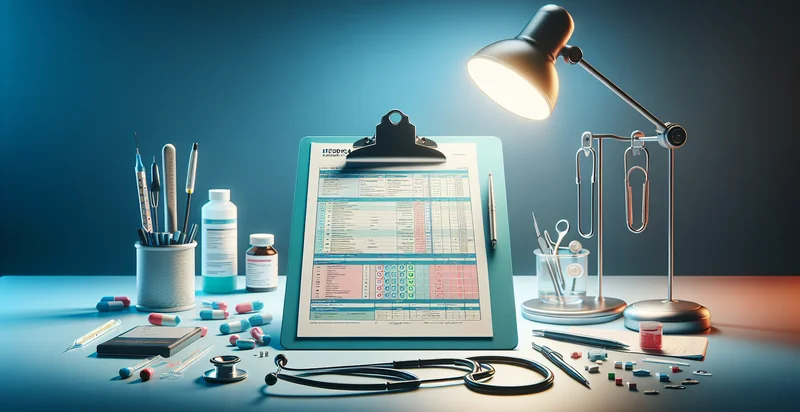Identify how many medical charts are visible
using AI
Below is a free classifier to identify how many medical charts are visible. Just upload your image, and our AI will predict how many medical charts are visible - in just seconds.

Contact us for API access
Or, use Nyckel to build highly-accurate custom classifiers in just minutes. No PhD required.
Get started
import nyckel
credentials = nyckel.Credentials("YOUR_CLIENT_ID", "YOUR_CLIENT_SECRET")
nyckel.invoke("how-many-medical-charts-are-visible", "your_image_url", credentials)
fetch('https://www.nyckel.com/v1/functions/how-many-medical-charts-are-visible/invoke', {
method: 'POST',
headers: {
'Authorization': 'Bearer ' + 'YOUR_BEARER_TOKEN',
'Content-Type': 'application/json',
},
body: JSON.stringify(
{"data": "your_image_url"}
)
})
.then(response => response.json())
.then(data => console.log(data));
curl -X POST \
-H "Content-Type: application/json" \
-H "Authorization: Bearer YOUR_BEARER_TOKEN" \
-d '{"data": "your_image_url"}' \
https://www.nyckel.com/v1/functions/how-many-medical-charts-are-visible/invoke
How this classifier works
To start, upload your image. Our AI tool will then predict how many medical charts are visible.
This pretrained image model uses a Nyckel-created dataset and has 12 labels, including 0, 1, 10, 10+, 2, 3, 4, 5, 6 and 7.
We'll also show a confidence score (the higher the number, the more confident the AI model is around how many medical charts are visible).
Whether you're just curious or building how many medical charts are visible detection into your application, we hope our classifier proves helpful.
Related Classifiers
Need to identify how many medical charts are visible at scale?
Get API or Zapier access to this classifier for free. It's perfect for:
- Medical Records Audit: This function can be utilized by healthcare facilities to ensure compliance with regulatory standards by automatically assessing the visibility of medical charts during audits. By analyzing the number of visible charts, organizations can identify and rectify issues related to data access and privacy.
- Telehealth Session Monitoring: In telehealth environments, this function can help assess whether medical charts shared during virtual consultations are appropriately visible. It aids in maintaining the privacy and security of patient information while ensuring that clinicians have access to necessary data.
- Training and Compliance Evaluation: Hospitals can use this function to evaluate the training effectiveness of new staff on patient chart visibility protocols. By identifying instances of non-compliance, organizations can refine their training programs and reinforce best practices among staff members.
- Research Data Collection: Researchers analyzing treatment outcomes can use this function to quantify the visibility of medical charts during studies. This data can help in understanding how varied chart visibility affects patient outcomes and the efficacy of treatment methodologies.
- Workflow Optimization: Healthcare administrators can leverage this function to optimize workflows by assessing how many medical charts are visible at any given time. Data insights can lead to more efficient processes by highlighting bottlenecks where charts may not be accessible when needed.
- Patient Satisfaction Monitoring: This function can assist in evaluating whether patients feel their information is adequately protected during consultations. By tracking chart visibility, hospitals can improve safety measures, ultimately enhancing patient satisfaction and trust.
- Data Analytics for Resource Allocation: Hospitals can use the function for data analysis to determine how many medical charts are available across various departments. This information can inform resource allocation strategies, ensuring departments have sufficient support for managing and securing patient data.


